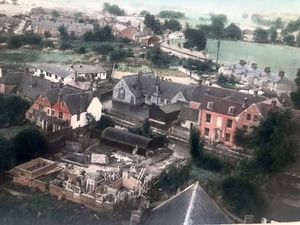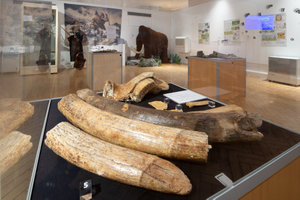Odiham is a town to the east of Basingstoke, its first appearance on written record is in the Domesday Book of 1086. Perhaps the most well-known landmark in Odiham is Odiham Castle.
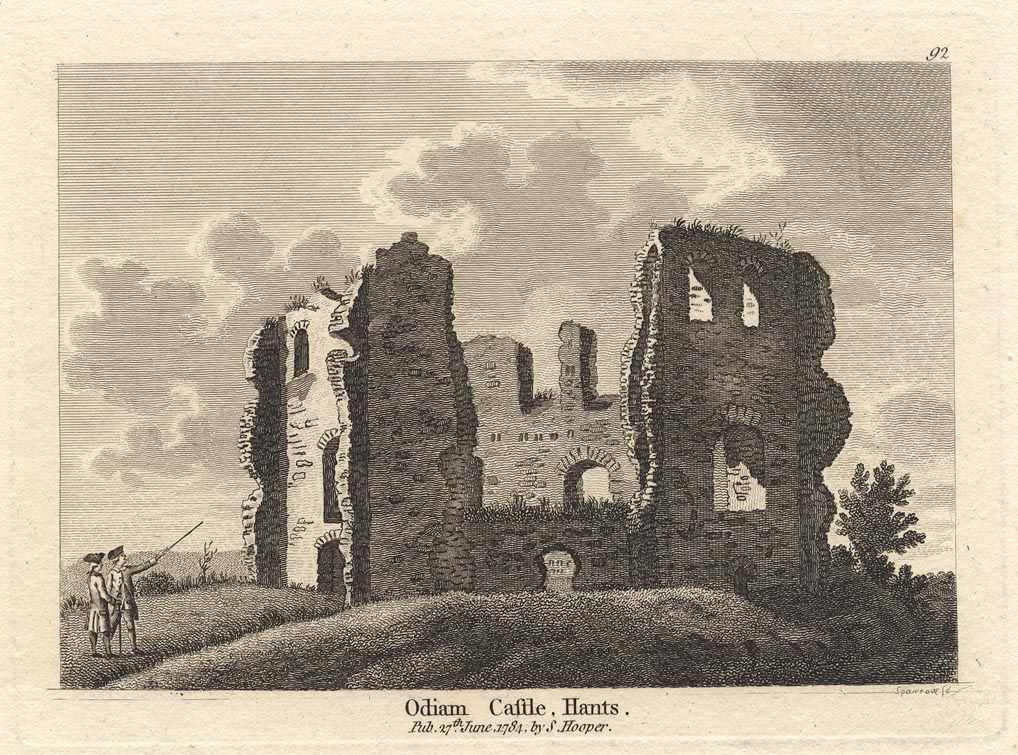
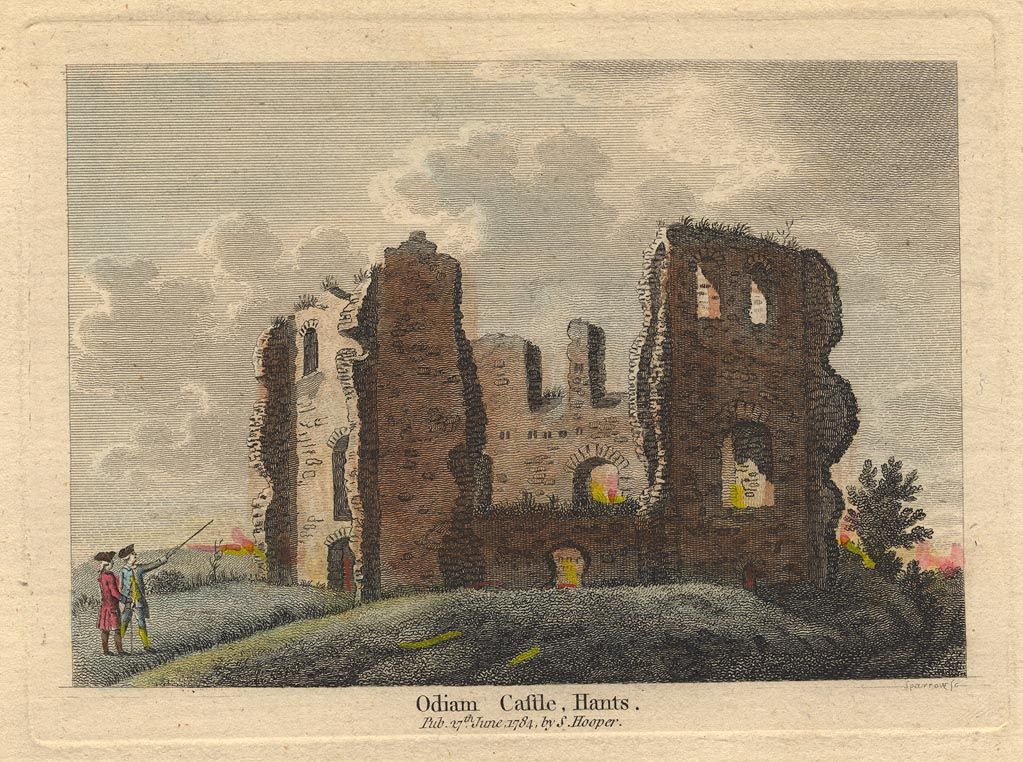
“King John’s Castle”, as it is known locally, was one of just three fortresses built by King John during his 17 year reign, from 1199 to 1216. The castle was built on 20 acres of land acquired from local lord and was in an ideal location for the king as it was halfway between the royal residences in Winchester and Windsor. It took seven years to build and cost of over £1000 - the equivalent of £1,484,600 today. When it was first built, Odiham had a two-storey stone keep, square moat, raised banking and palisades.
Odiham Castle is referred to as the site where King John departed in 1215 to meet English barons at Runnymede in Berkshire. Their agreement formed the basis for the Magna Carta - one of the most famous documents in the world. However, King John did not uphold the terms of the charter and just a year later in 1216, the castle was besieged by the French Dauphin Louis VIII in support of the barons during the First Barons’ War.
King John died in October 1216 and Odiham passed to his son Henry III. Henry gave the castle to his sister Eleanor in 1236 and it became the de Montfort family home when she married Simon de Montfort in 1238. In 1263, de Montfort rebelled against Henry and was killed by the King’s forces at the Battle of Evesham in 1265; Eleanor was exiled and Odiham Castle was again retained by the Crown.
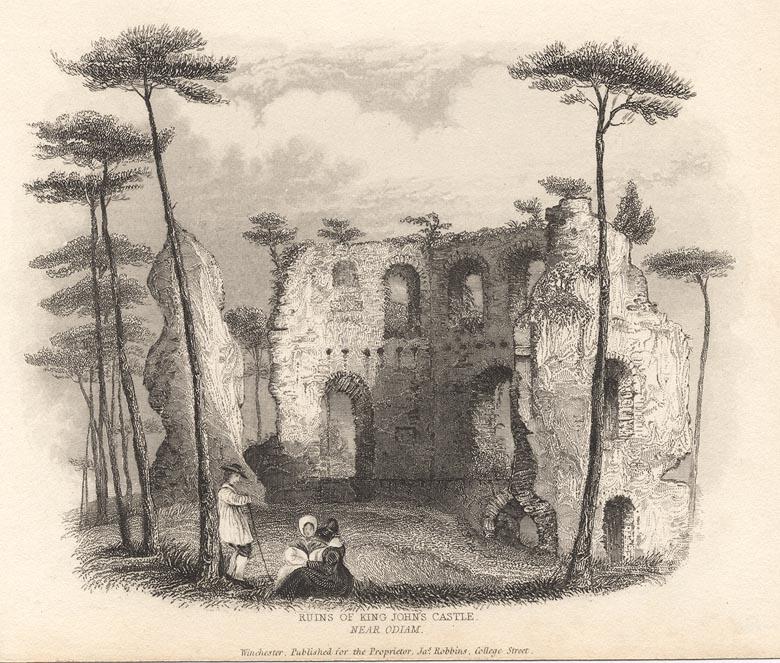
During the 14th century the castle played a role in several significant events, including the sitting of parliament, a rebellion led by the powerful Dispenser family and the imprisonment of King David II of Scotland. The Scottish king was imprisoned at Odiham for 11 years after his capture at the Battle of Neville's Cross in 1346. He was held under a light guard and was allowed to keep a household. In 1357, his release was agreed in exchange for a promised ransom by the Scottish nobility.
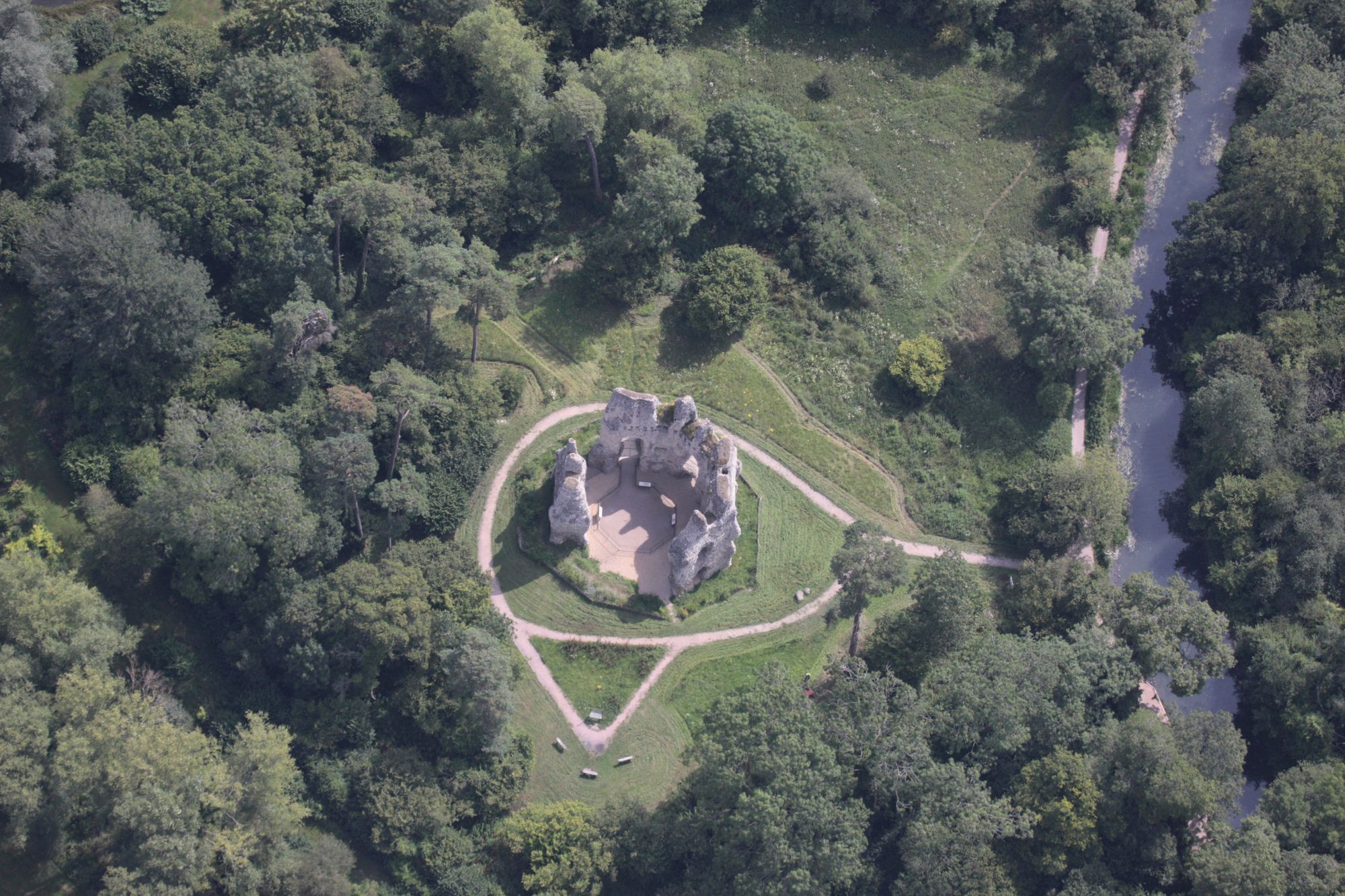
By the 15th century Odiham Castle was solely used as a hunting lodge. From the early 17th century the castle was disused and in 1605, described as a ruin - which it remains to this day. In 1792, the Basingstoke Canal was built through the southern corner of the bailey adjacent to the castle ruins.
Archaeological excavations were carried out by Hampshire County Council Museum Services at Odiham Castle in 1953 and between 1981 and 1985. The items from this excavation are now in the care of Hampshire Cultural Trust.
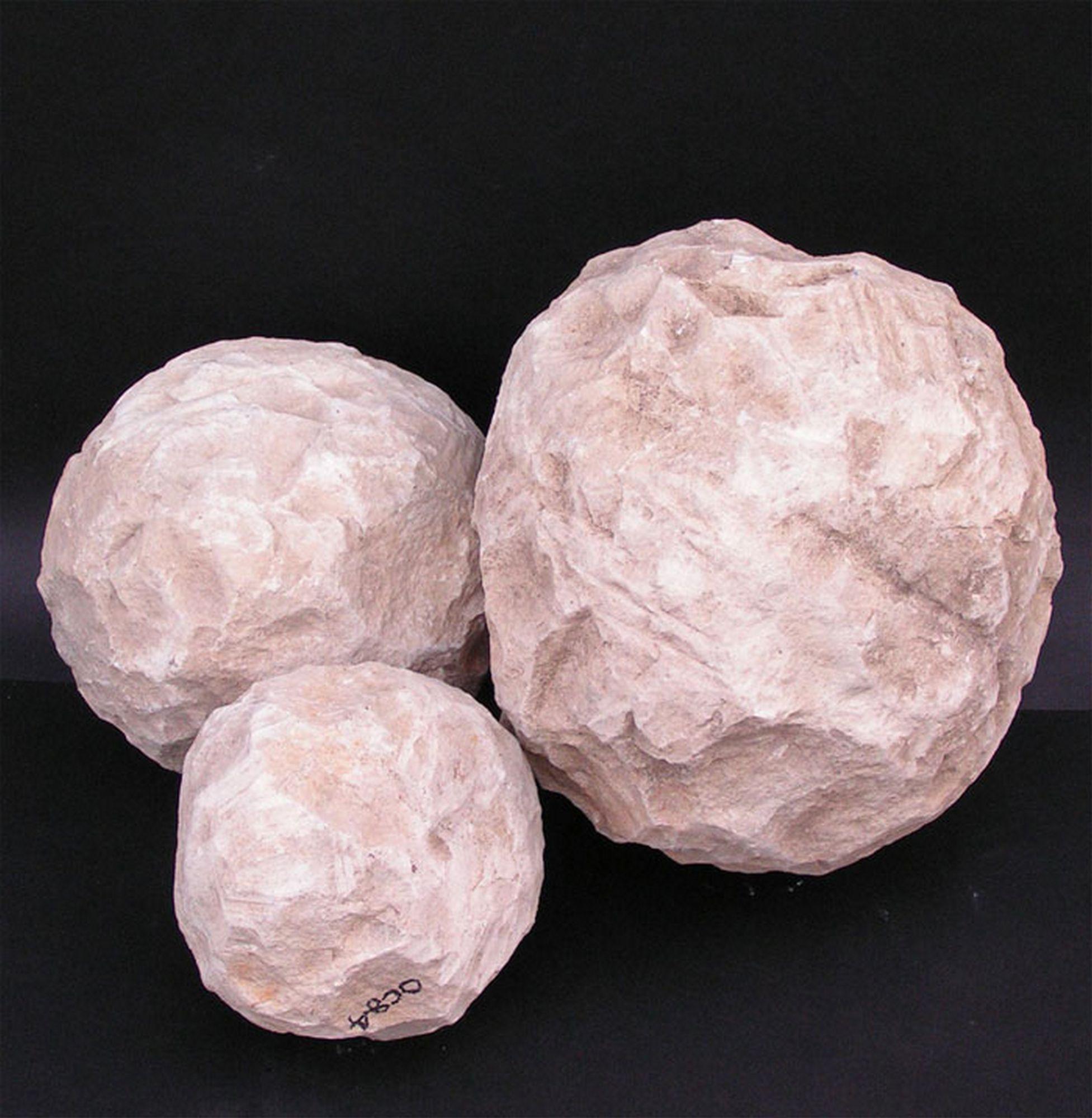
The ruined keep was restored in 2007 by Hampshire County Council under guidance from English Heritage. Today, Odiham Castle is open to visitors all year round.
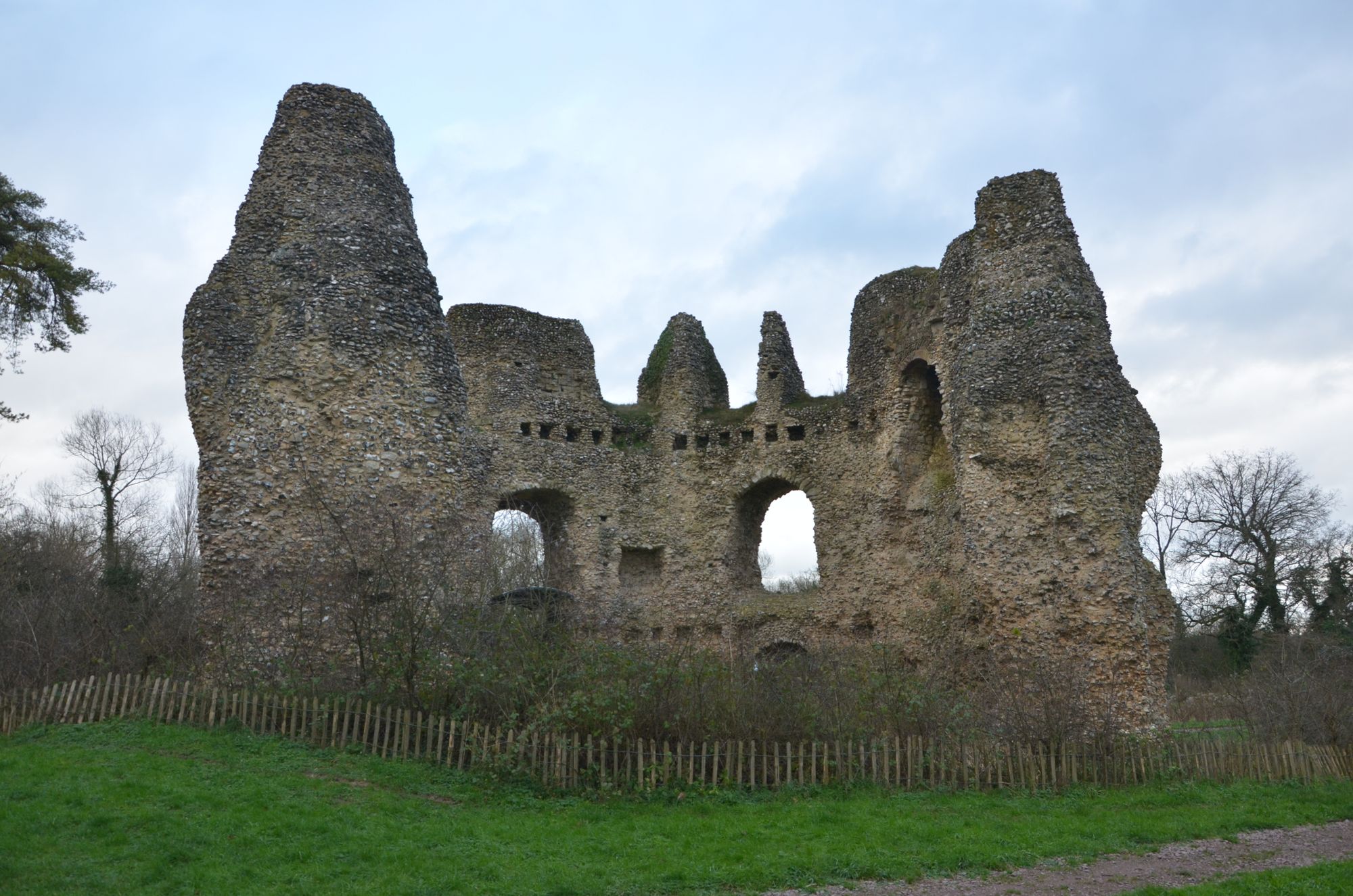
If you have enjoyed Culture on Call and you are able to make a donation, please click the link below. Any support you can give will help us keep communities connected to culture in these difficult times.




